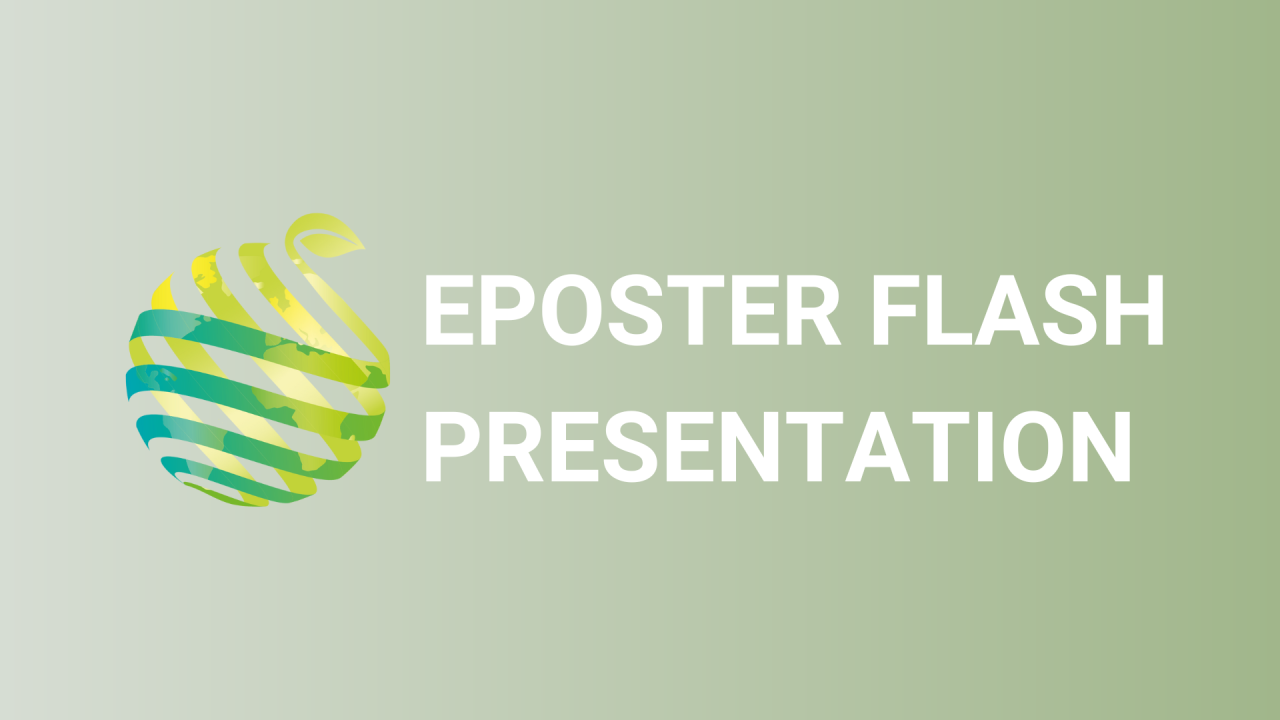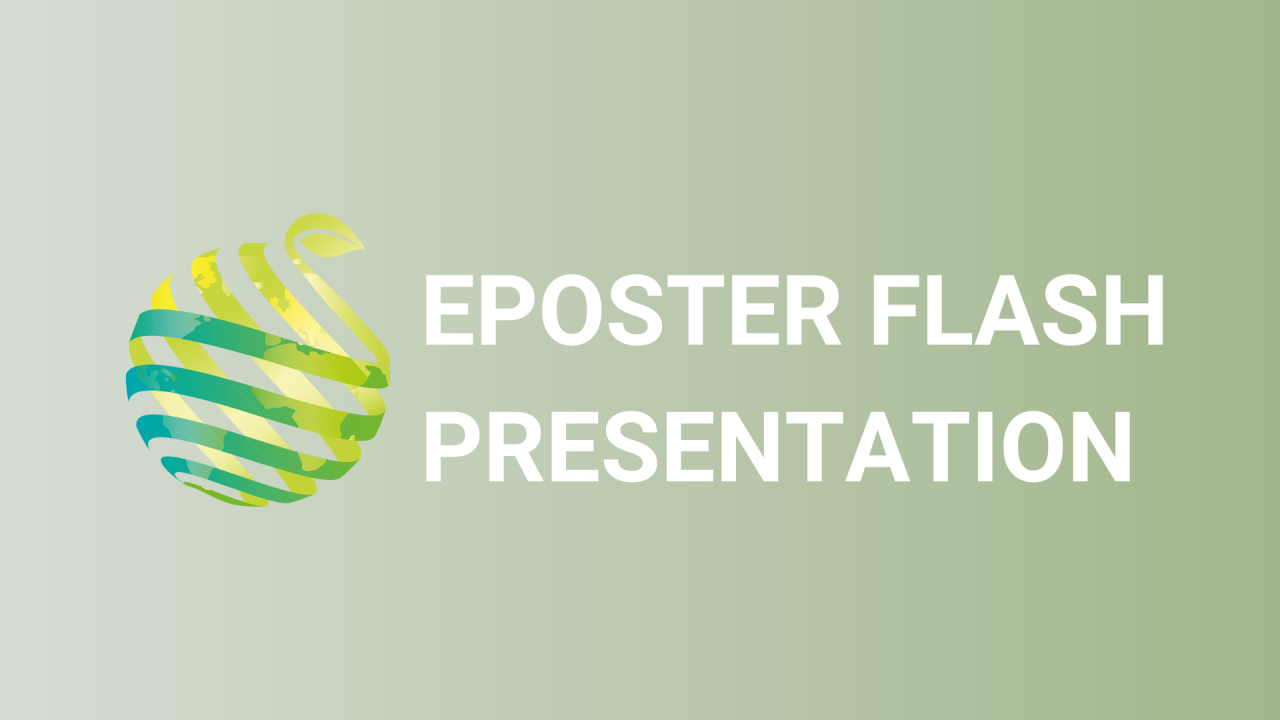

S23 - Session P6 - Ethyl formate: using hydrazone precursors as insecticides and anti-microbial agents
Information
Authors: Khaya Gould *, Renate Smit, Shelley Johnson, Willem van Otterlo, Albert van Reenen, Matthew Addison, Marehette Liprini
Ethyl formate (EF) has shown both antimicrobial and insecticidal properties and been approved for use in the agricultural industry by the USAD. Most notably, EF shows potential as a fumigant for stone fruits, without affecting fruit quality. We aim to synthesize a small series of solid EF precursors (EFPs) that can be activated, by hydrolysis, to induce the release of EF. We then aim to utilise polymeric artifacts as vehicles for the release of EF n specifically through the generation of environmentally responsive polymers that facilitate long term release of EF by altering their physical morphologies. The synthesis of this EFP involves the incorporation of triethyl orthoformate (TOF) onto a functionalized dihydrazide scaffold. We propose that ethyl citrate, triemethyl-1,3,5-benzenetricarboxylate, and adipic acid can be utilised for modification into EFPs through the incorporation of hydrazine and EF. The adipic acid dihydrazone (AAD) has been successfully synthesised and shows significant release of EF after activation. The AAD EFP has been incorporated into polymeric resins using solvent casting. This series of polyethylene oxide and polylactic acid scaffold-based polymers have successfully shown the delayed release of EF using citric acid activated hydrolysis. We hope that the synthesis of the new precursors and further development of the polymers will lead to greater control of EF release. This will allow for the development of a diverse series of products, i.e. non-combustible powder-based fumigants, anti-microbial plastics, and insecticidal packaging. Activation of the EFP can be achieved using citric acid or acetic acid of varying concentrations to afford EF, with the most being released after 10 min. We have also found that the incorporation of EFP into polymeric films shows promise n most significantly as a slow-release method of microbial growth inhibition without affecting fruit quality. References used: Zaitoon et al .(2019), Levrand et al. (2007), and Smit et al.( 2020)